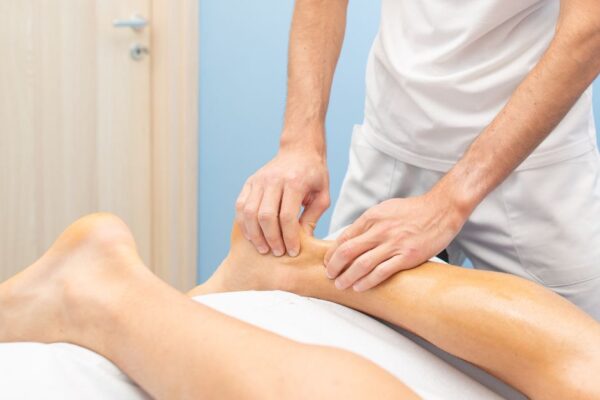The first step to getting treatment for Achilles tendinosis is to be properly diagnosed. Treatments for tendonitis (such as steroid injections or anti-inflammatory medications) can actually impede healing of tendinosis. Your FAAWC provider will ask you about your symptoms and examine the affected area. X-rays or other imaging tests may be needed to determine the extent of the tendinosis and rule out any tendon tears.
Tendinosis can be treated by eliminating further stress and injury to the area, pain management, and repair and strengthening of the tendon. You will need to rest frequently from repetitive tasks and apply RICE (rest, ice, compression, elevation) when possible. Braces and taping can help support the tendon. Stretching and strengthening exercises may be recommended by a physical therapist. You’ll also want to build up collagen in the tendon which can be helped with proper nutrition. PRP (platelet rich plasma) injections are particularly successful in the Achilles tendon to bring new blood supply and growth factors to heal the condition.



